Of course we are all here because we love cameras. But after over a year and a half of shooting film seriously, I’ve come to the conclusion that the camera doesn’t matter. Ok it does matter a little bit, but any basic SLR or rangefinder and a solid 50mm lens will be enough to get a great shot in 99 percent of situations.
So, I’m instead going to talk about how focusing on developing my technique and style has helped me to take better photos and to get more joy out of photography.
When I first picked up my dad’s old Canon early last year I began shooting without a clear idea of what I wanted to shoot. At the time, I was just a few months away from turning thirty which had provoked a mild existential crisis. I felt I needed to grab hold of time and stop it. My youth was slipping away. I couldn’t stop my head from balding or the cells in my body from slowly deteriorating, but I could at least document the passage of the world before my eyes, and that provided some pacification to the dread of my creeping death. It gave me a sense of control. But what to shoot?
For the first few months, I wandered around lower Manhattan (where I currently live) snapping shots of whatever caught my eye. Occasionally I would capture something decent, but for the most part the photos were boring, and the dread was starting to creep back in. I needed a subject.
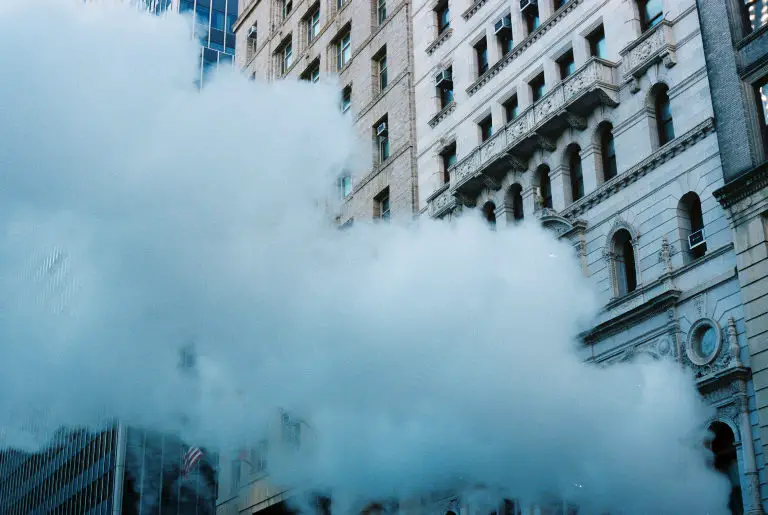
So, I started to bring my camera to parties. I slapped a cheap flash on my Canon and suddenly I had a reason to take photos. I could document my friends. This began one half of my current practice as a photographer (I’ll get to the second half in just a bit). This was also the first moment that I sensed a need to acquire new gear.
I found that fiddling with the manual controls of the Canon in varying states of sobriety was getting in the way. I needed something that would require as little thinking on my part as possible. I needed something that I could just point and shoot. So, I shuffled through a few plastic 90s era point and shoots that were either broken or slightly defective until I finally found a nice little Olympus that worked for me. It’ still the main camera I use for parties. And no, it’s not one of the famous ones.
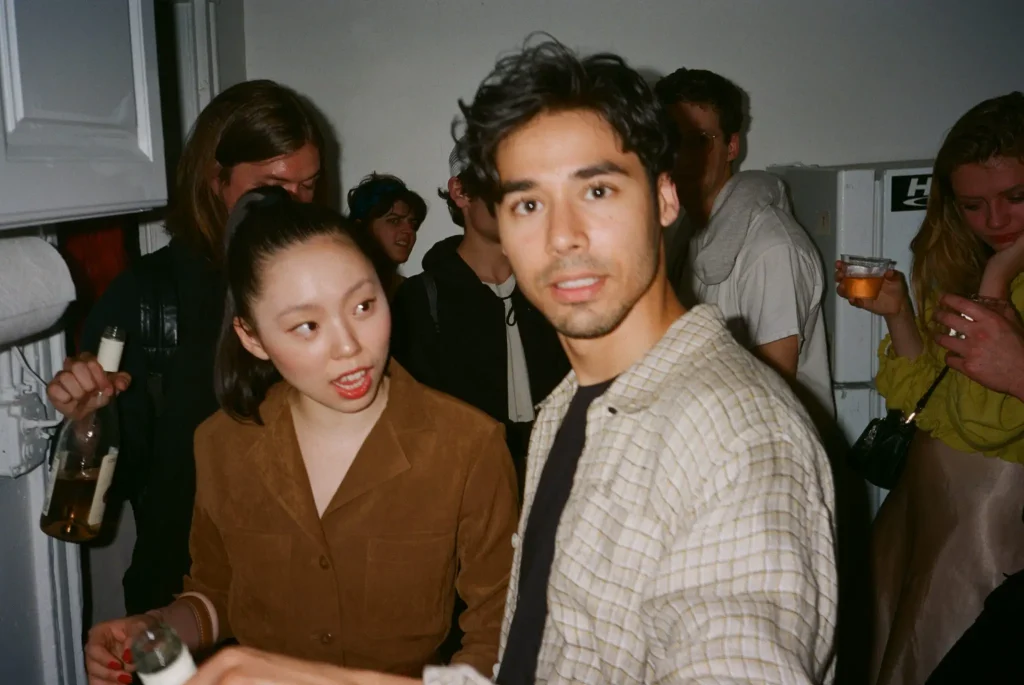
Party photography had whetted my appetite, but it was limiting. Firstly, I wanted to shoot photos more often than I had parties to go to, and secondly the party photography approach was limiting creatively. I needed another subject, but I didn’t have one, so I continued to wander about Manhattan in my spare time shooting photos on the street. Over time, my photos improved but only from a technical perspective. I was nailing exposure and focus, but my photos were still boring. I bought a new camera, a Pentax, hoping that would help. It didn’t. I found the Pentax more comfortable and enjoyable to use, but it didn’t make my photos any better.
When I finally began taking photographs that I was happy with, it came as the result of constraints that were beyond my control. The first constraint was that I had taken on a new job back in February that required me to work regular hours from 10am – 6pm everyday. Previously I had worked as a freelancer with much more flexible hours, so I was often able to wander around and take photos during the day. The second constraint was that the sun during the winter months had already long since set by the time I was done with work. So, I was limited to shooting in the darkness If I wanted to shoot outside on a weeknight.
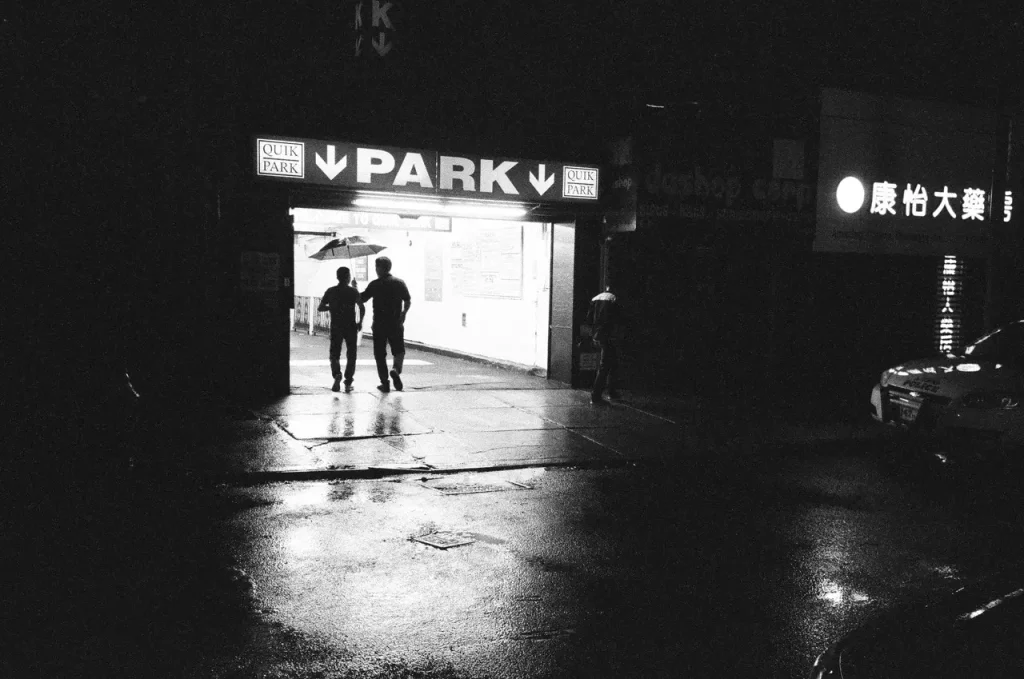
The constraint of shooting at night with only available light narrowed the potential subject matter enough that I began to produce better images with a more distinct story and point of view. I have always been a fan of film noir both the 1940s Humphrey Bogart variety and the the late 80s cyberpunk variety. Those kinds of films often convey a certain mood of late modern urban isolation and loneliness through the poetics of shadow. A single figure bathed in the light emanating from an all night diner on an otherwise deserted city street. I found that shooting at night gave me an opportunity to try and capture some of these kinds of images.
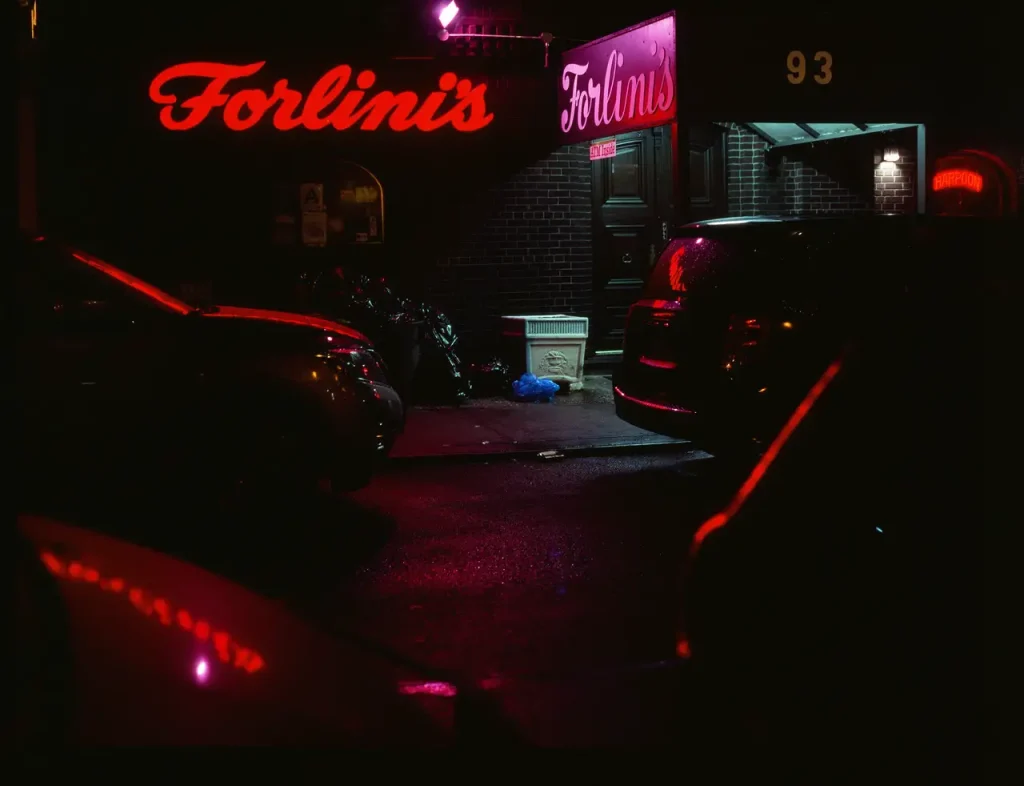
These images, of course, are cliches, but they have become cliches because they are part of a common visual language that we all share and that resonates with us. When I produce an image that has noir-sh elements, I’m connecting with a rich history that still feels relevant to me in the same way that a simple navy blue blazer never goes out of style. The blazer can be paired with a fat tie, a skinny tie, blue jeans and Air Jordans or dress slacks and Gucci loafers. Even when the context changes the blue blazer anchors the look in something familiar. Manhattan in 2019 is not the same as San Francisco in 1941 yet the noir approach provides a common visual language which helps to express a shared sentiment across disparate contexts.
The majority of what I shoot is still shit, but I now have a specific goal in mind when I’m out shooting and sometimes I’m able to achieve it. Below are the results. Enjoy.
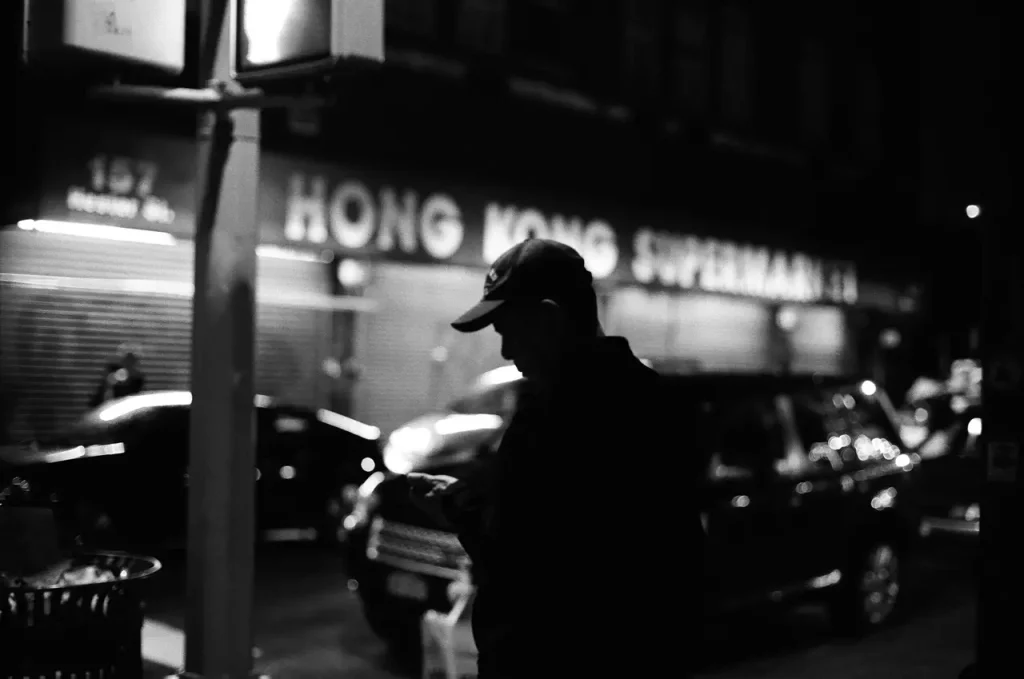
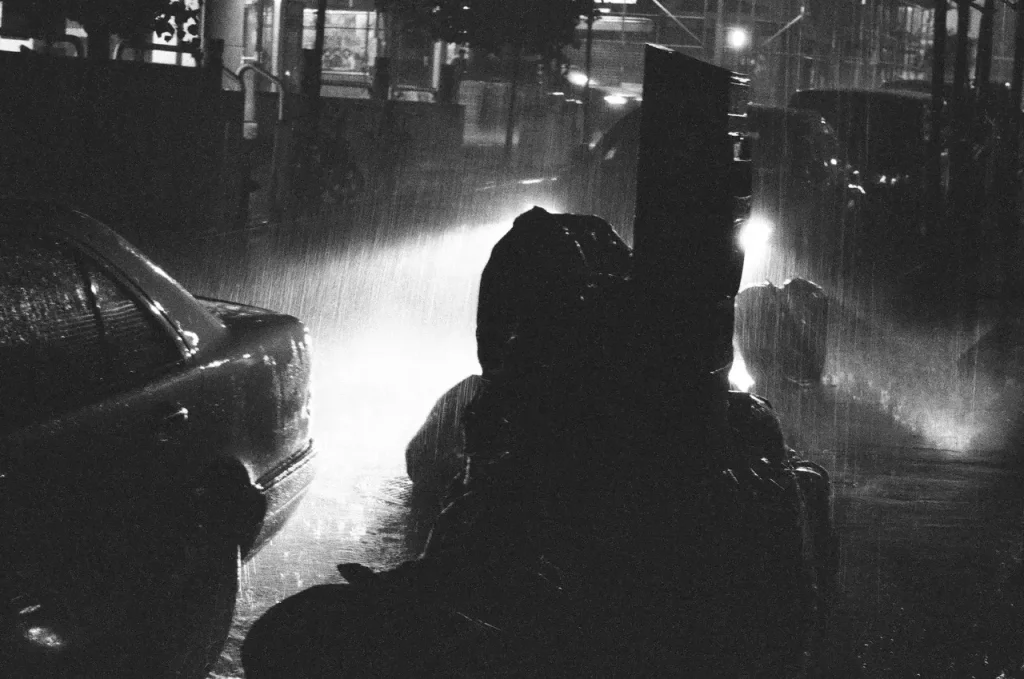
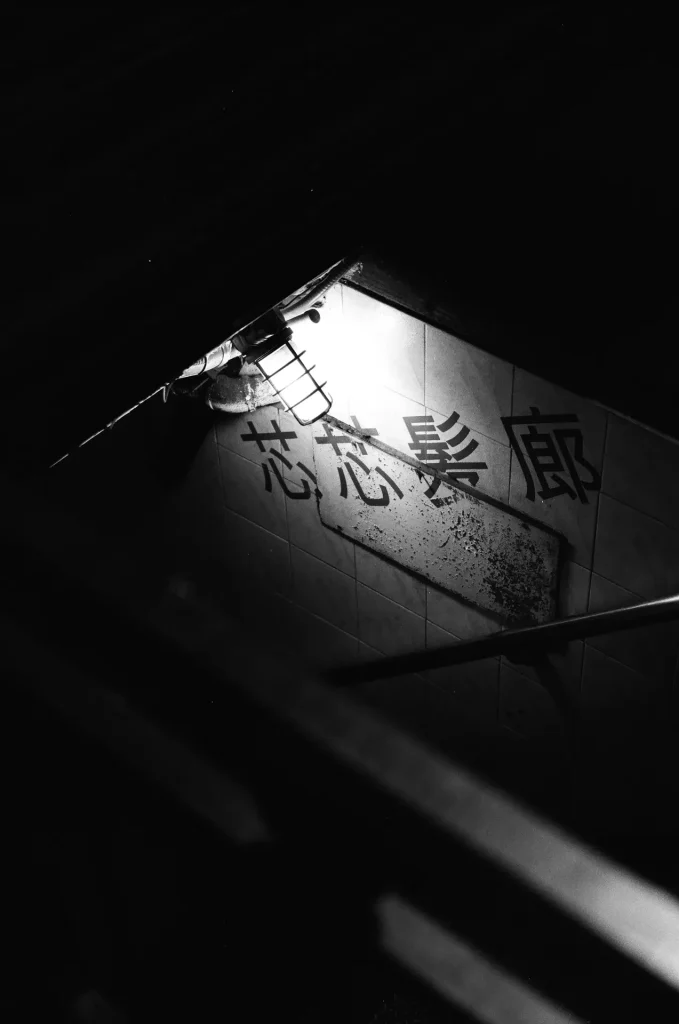
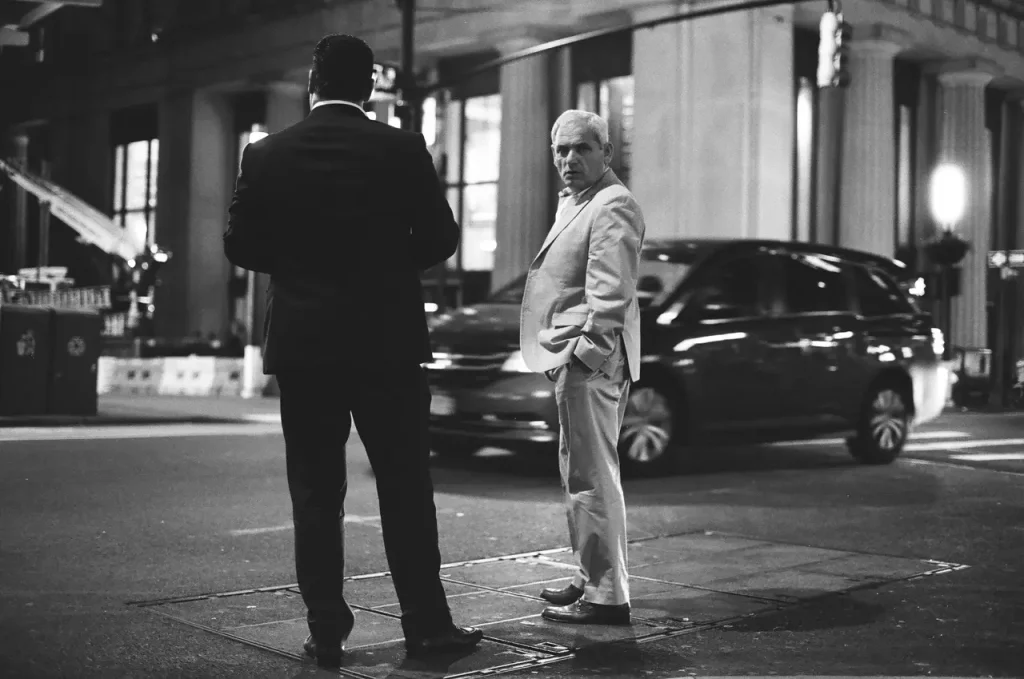
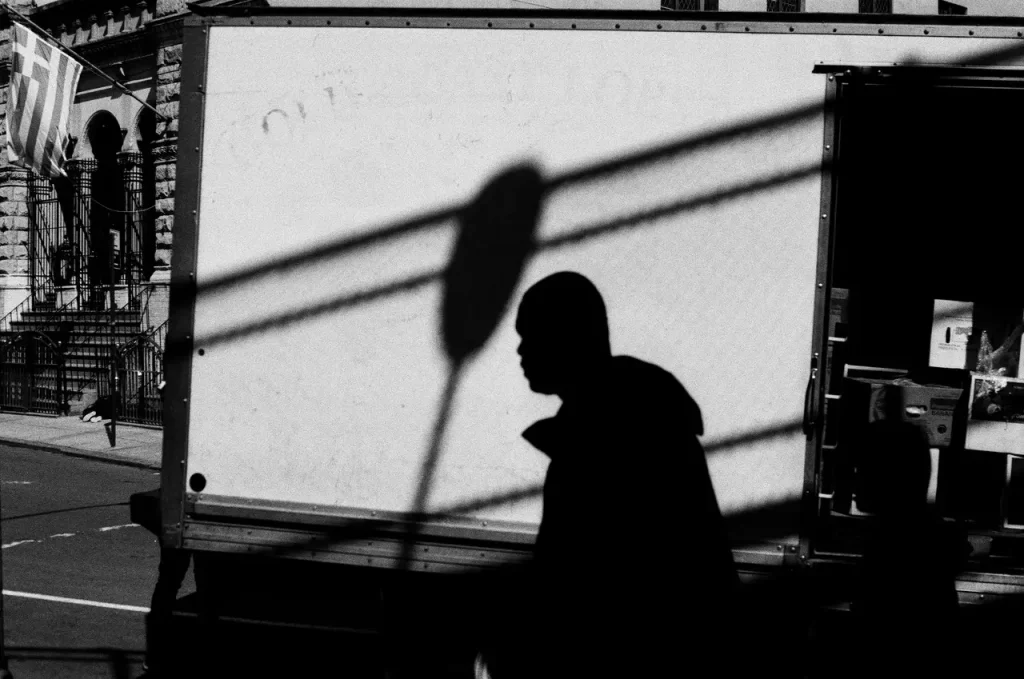
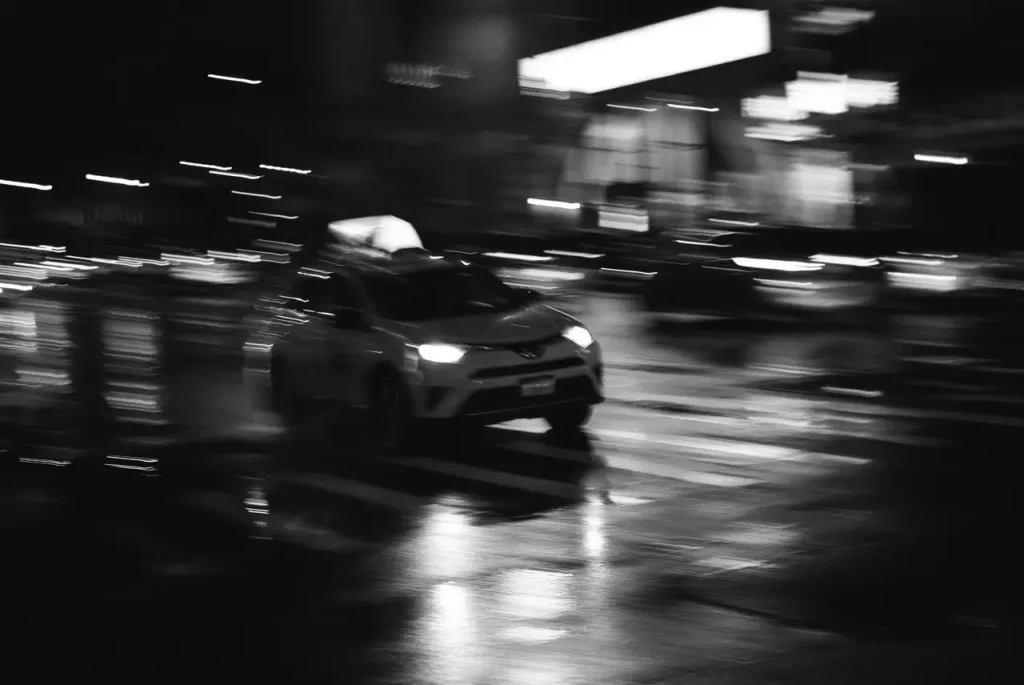
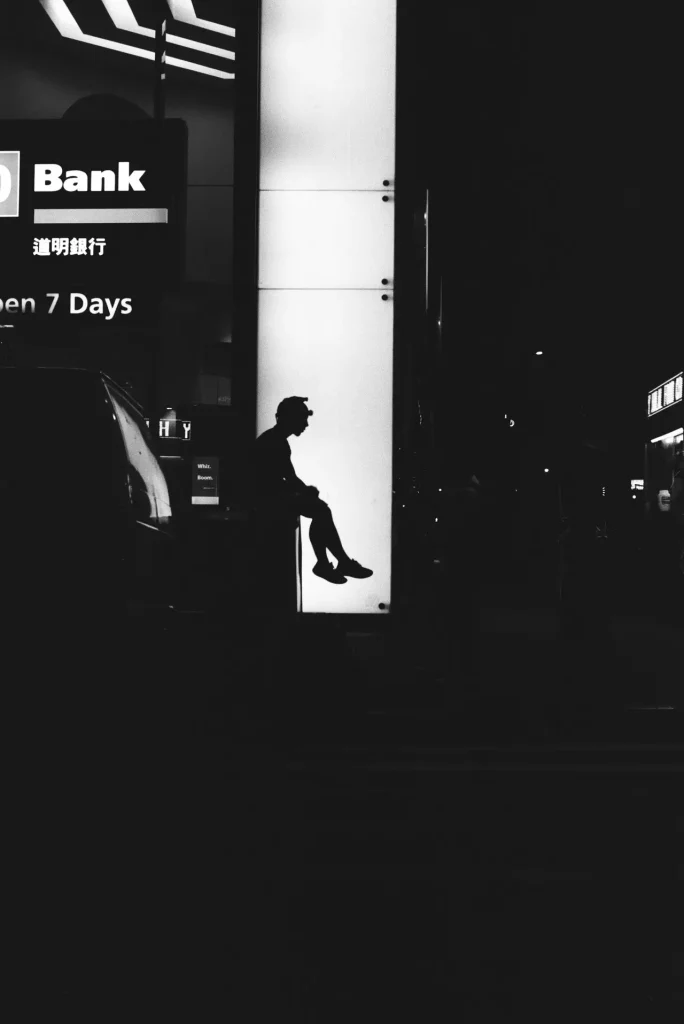
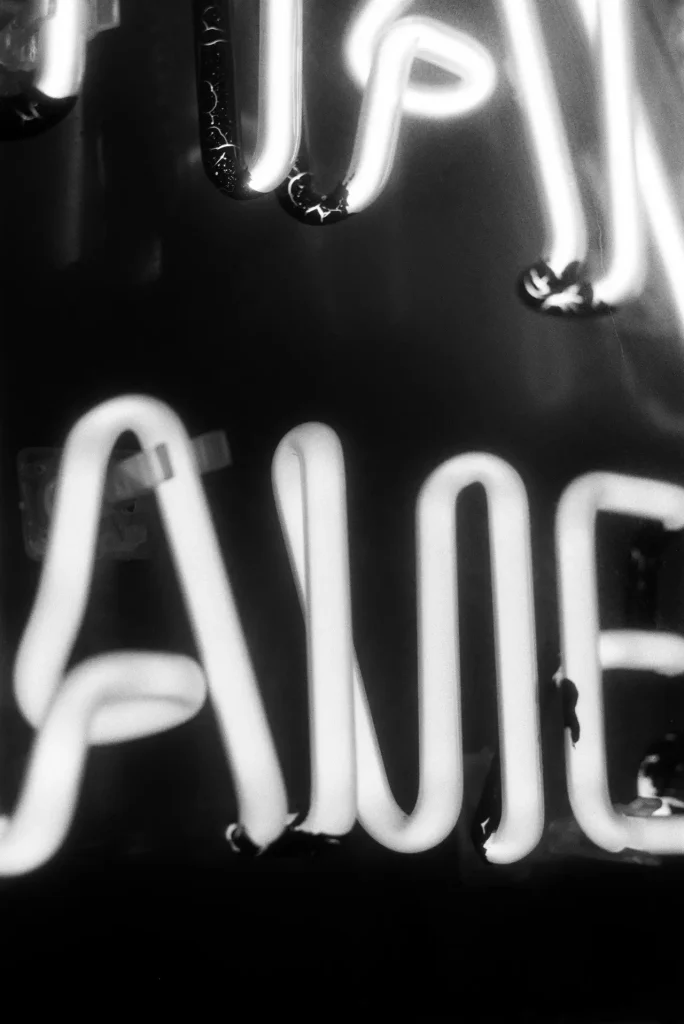
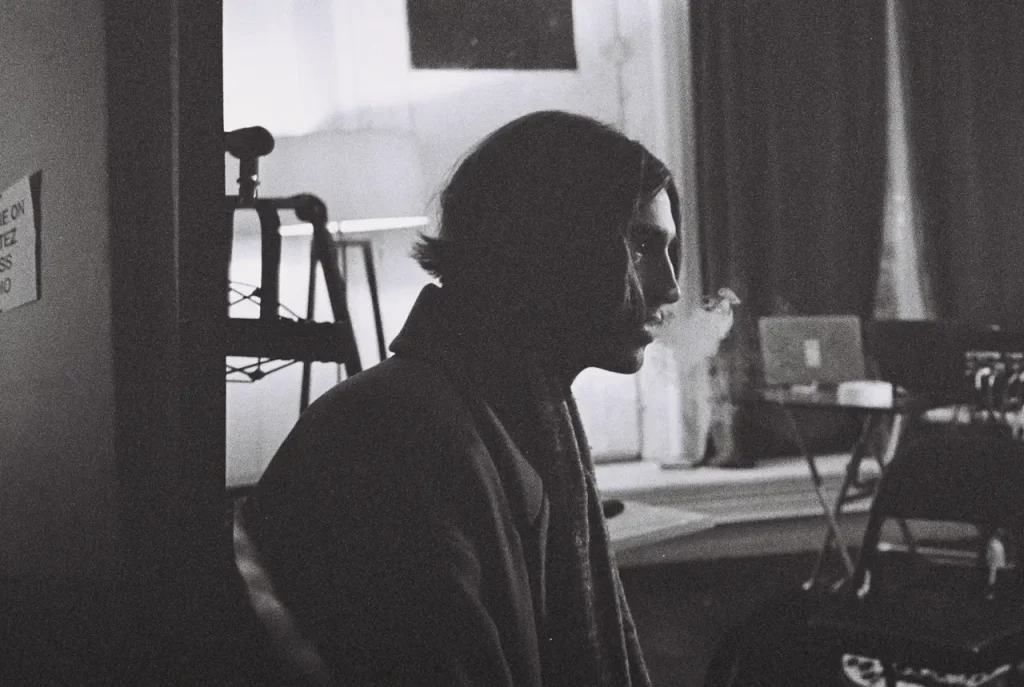
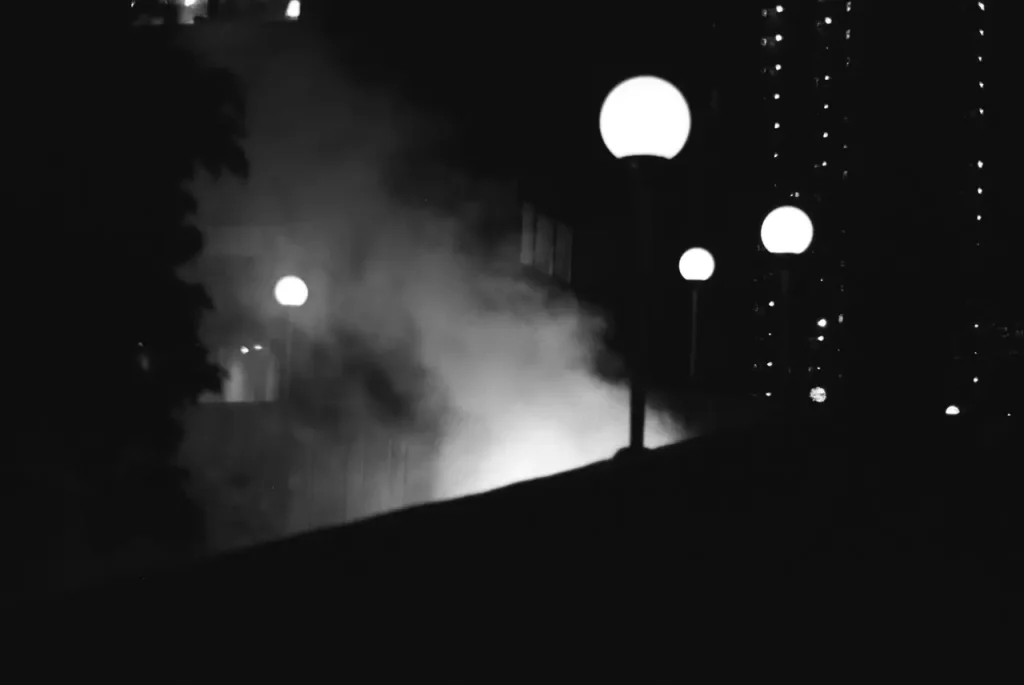
In case you are really curious. Most of these were shot on TMax 400 with a Pentax P30t paired with a SMC-A 50mm f/2 lens.
You can see more of my photos at taylorervin.com or at taylorerv1n.tumblr.com
Share this post:
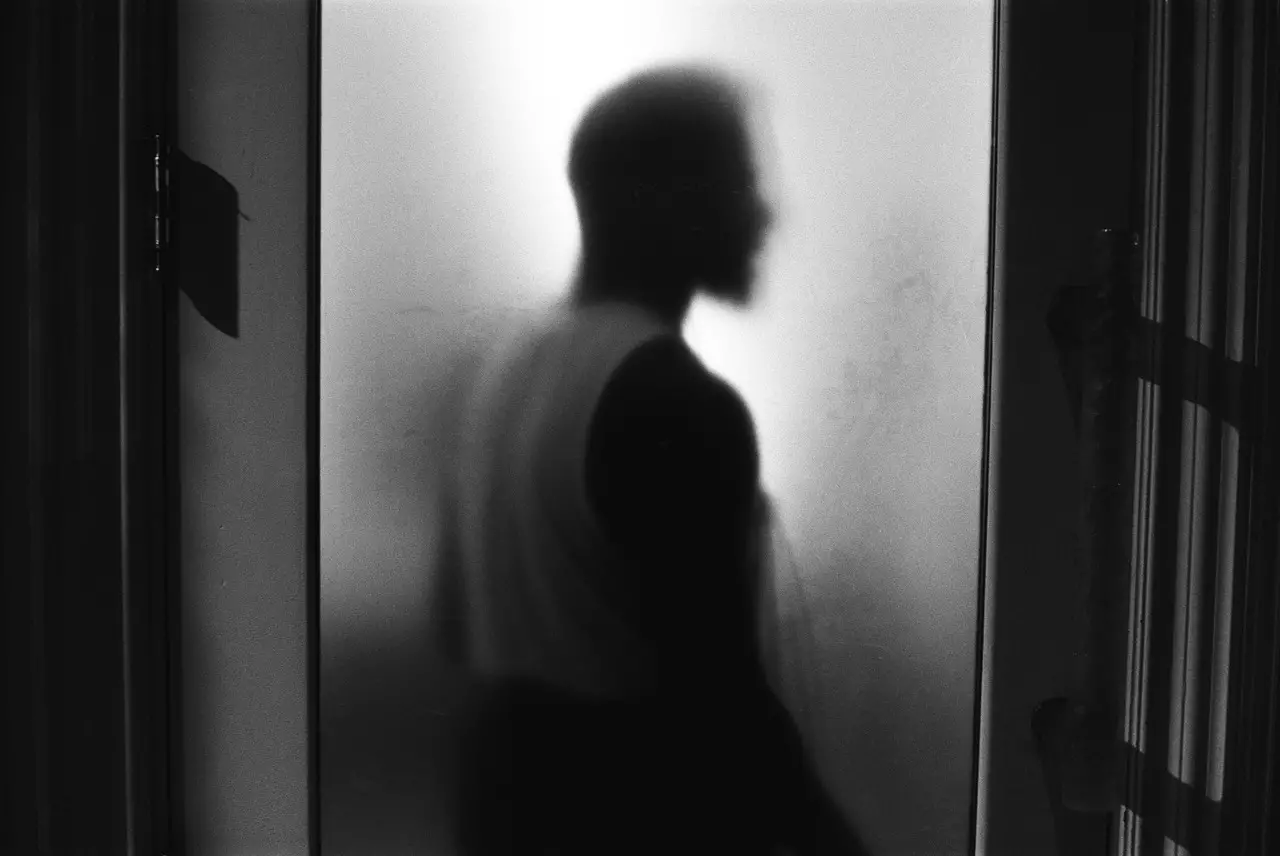








Comments
Dale Rogers on Finding a style not a camera – By Taylor Ervin
Comment posted: 17/07/2019
Jake on Finding a style not a camera – By Taylor Ervin
Comment posted: 17/07/2019
Because you mentioned it - I am familiar with that camera and it is fantastic. Because it automatically reads the DX coding with no manual override, are all your shots at 400? Or do you mess with the DX coding to push?
Thanks again, fantastic read and images.
thorsten wulff on Finding a style not a camera – By Taylor Ervin
Comment posted: 17/07/2019
G.A.P on Finding a style not a camera – By Taylor Ervin
Comment posted: 17/07/2019
I beg to differ from you. In my view, gear does contribute to a very large degree to the look of our photographs, and therefore plays a fundamental role in defining our own photographic "style".
After all, photographs show reality as the camera sees it, not as our eyes see it. We just choose in which direction to point it, what to include/exclude in the frame, when to trip the shutter and for how long.
For as much as we would like to believe that we are the sole authors of our pictures, I think that we have to admit that the photographic medium (defined by any camera, lens, film/sensor combination) has its own technological subconscious. So much so that we choose our gear according to what we think will give us the expected results in relation to the subject matter of choice, the lighting conditions and the desired rendition of the scene. Choosing the right medium, and knowing its potentials and limitations, is therefore a key step in the process of defining one's "style".
Peter Samson on Finding a style not a camera – By Taylor Ervin
Comment posted: 17/07/2019
The best camera is the one that you have with you.
Russ Butner on Finding a style not a camera – By Taylor Ervin
Comment posted: 17/07/2019
Russ Butner
Spirit VisionPhotography
Tiffany Perez on Finding a style not a camera – By Taylor Ervin
Comment posted: 18/07/2019
PS I think those photos are anything but shit haha
Larry Posavad on Finding a style not a camera – By Taylor Ervin
Comment posted: 18/07/2019
I like your message. I like your photos- you're developing a good theme. Keep it up.
Russ Butner on Finding a style not a camera – By Taylor Ervin
Comment posted: 18/07/2019
Finding ones own vision and style is similar to an author finding their own voice. It takes much time and practice. You reach quality through quantity. The harder you seek it, the more elusive it becomes. In regards to photography, shoot, shoot, and shoot some more. And in time, it finds you.
Russ Butner
Spirit Vision Photography
John on Finding a style not a camera – By Taylor Ervin
Comment posted: 18/07/2019
Neal on Finding a style not a camera – By Taylor Ervin
Comment posted: 18/07/2019
In response to an early sentence, you say "the camera doesn't matter" we've all heard it before and I fully understand where you are coming from.
But.... if the camera truly doesn't matter then wouldn't we all be shooting with our phones? or at least cheap interchangeable lens digital cameras.
The camera matters a lot to me, Style or no, I can't pick up my 4x5 and do what I can with my Konica RF. just as I wouldn't use an RB67 on a desert trek and shoot studio portraits with a disposable. Thats only one part of the picture though, the camera also comes with it's constraints as you mentioned and it's nuances which can be adored or reprised. I love the look and feel of my Rolleiflex TLRs and my old fixed lens rangefinders. At the end of the day, if something gives you joy and serves a purpose it can make all the difference in how you see the world and the kinds of photographs you make. at least in my experience.
I certainly agree with you on finding "your" style, it can be tricky and even daunting and whats worse, sometimes our style can change over the years. I'm in mid-thirties myself and have found my style shifts around a bit depending on what projects I'm working on.
great article anyway! appreciated the read.
Cheers
Neal.
dezutter tjen on Finding a style not a camera – By Taylor Ervin
Comment posted: 18/07/2019
Dan on Finding a style not a camera – By Taylor Ervin
Comment posted: 18/07/2019
I guess I'd consider myself a recovering gearaholic - after 20 or so top of the line, rave review cameras I've wittled it down to 2 bodies that no one seems to care for much (reflected in low price and nice availability) and a handful of lenses. After getting the kit sorted, I'm finding that my photography is still quite shit. (gee, what a surprise)
So lets stop talking about gear in any facet - how do we change my shit photos into halfway decent ones? I'm not really a workshop guy, I've tried a few video series but nothing really made me sit up and take notice. What I've seen was either too basic or aimed at the digital crowd.
So what's a good book I can lug around this summer to teach me how to level the horizon, meter to get silhouettes, framing tips.. just something a bit direct and to the point, because I haven't found it yet. Any recommendations? (Hamish feel free to chime in here)
Benjamin Johnson on Finding a style not a camera – By Taylor Ervin
Comment posted: 18/07/2019
BWF on Finding a style not a camera – By Taylor Ervin
Comment posted: 18/07/2019
Eric on Finding a style not a camera – By Taylor Ervin
Comment posted: 18/07/2019
By the way: several great images with this article. The first one, and the one with the two 'suits' are great. My favorite, however, is the last one with the lamp posts and the steam!
Rob Hawthorn on Finding a style not a camera – By Taylor Ervin
Comment posted: 19/07/2019
Nick on Finding a style not a camera – By Taylor Ervin
Comment posted: 19/07/2019
I read an amusing article (I forget where) that said there were 3 stages of realisation in photography:
1. Thinking the camera matters.
2. Thinking the camera doesnt matter
3. Knowing the camera matters.
I think there is a certain amount of wisdom in this!
Nik
Barnaby Nutt on Finding a style not a camera – By Taylor Ervin
Comment posted: 19/07/2019
Delighted to read articles like this - hats off to Hamish for giving it a platform
George Appletree on Finding a style not a camera – By Taylor Ervin
Comment posted: 20/07/2019
There's a path in the middle. The difficult is to course it (in the cqasee you find it))
Anthony Smith on Finding a style not a camera – By Taylor Ervin
Comment posted: 14/04/2020
Jamie Winder on Finding a style not a camera – By Taylor Ervin
Comment posted: 29/05/2020
Richard de Bulat on Finding a style not a camera – By Taylor Ervin
Comment posted: 21/09/2022